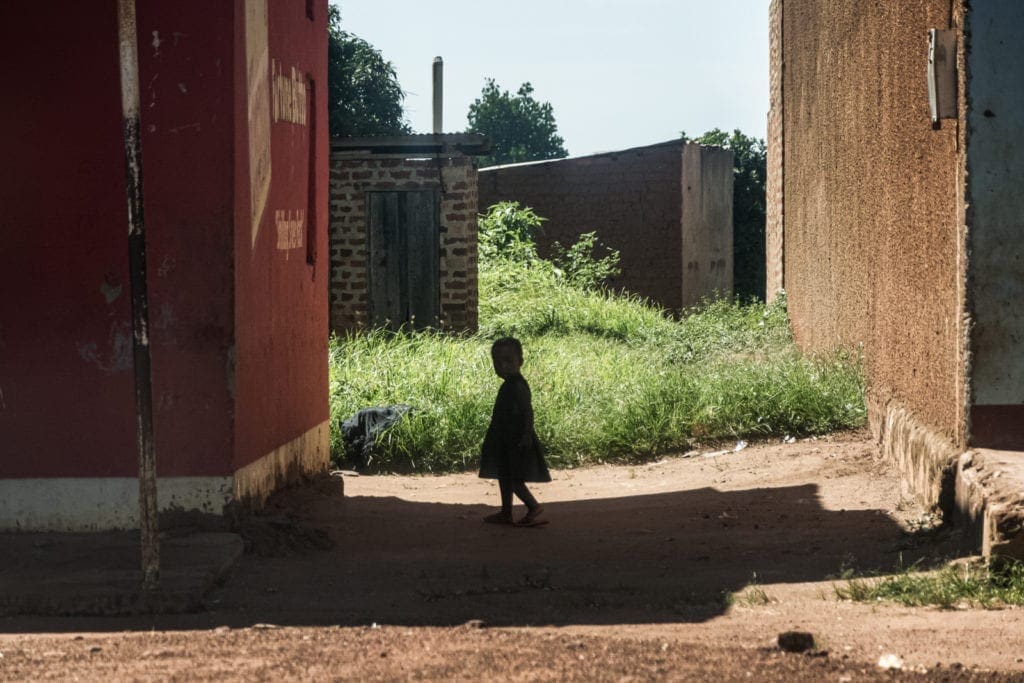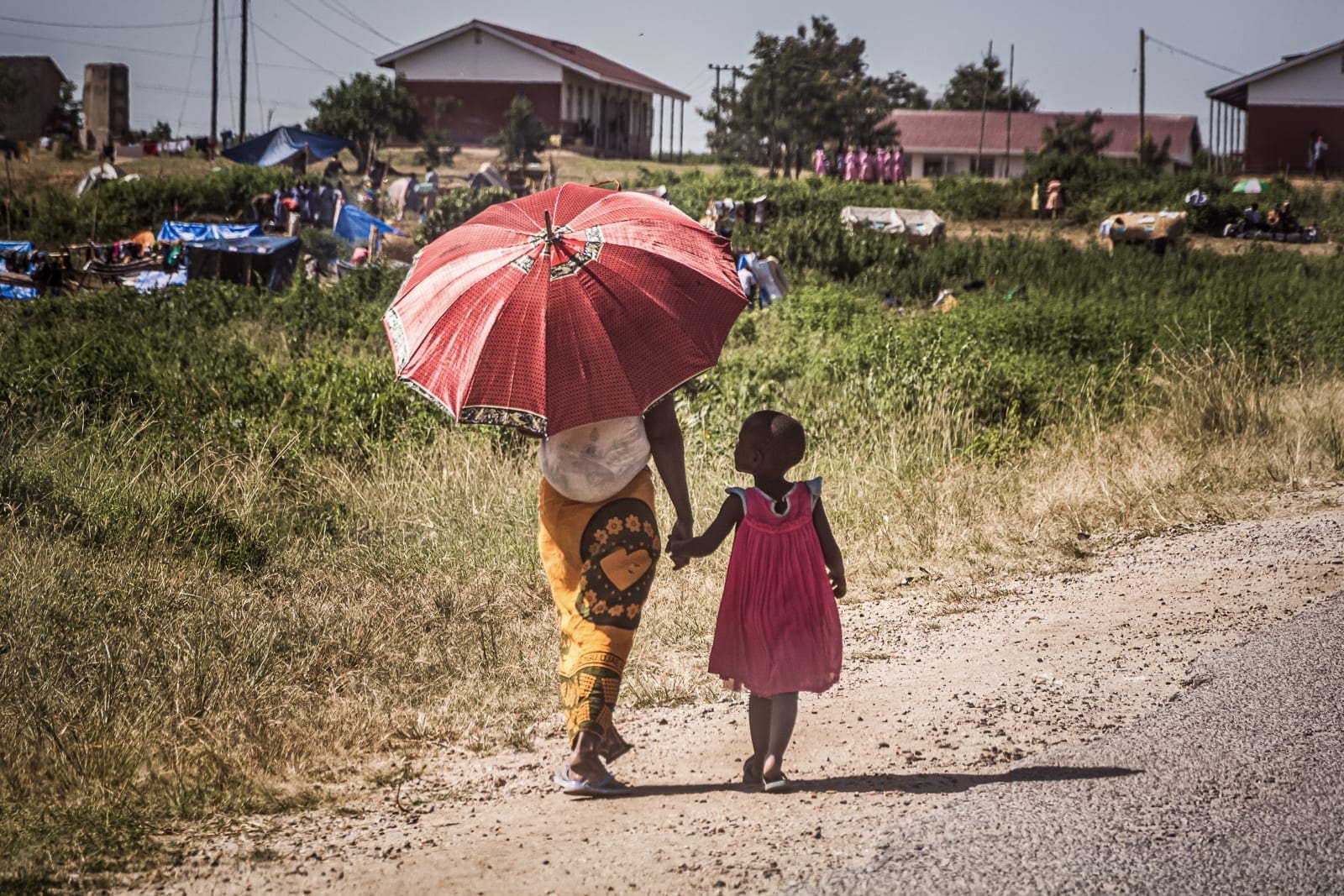Travelling through Africa, I came across village markets more than once. As in all African markets, you can find everything there: live and dead animals, fruit, vegetables, all sorts of equipment and even clothing. This clothing, if it is not of Chinese origin, is obviously second-hand, and very often comes from Europe and the United States.
Lately, walking the streets of Uganda, I have been passing mothers with little girls dressed as princesses, fairies, Cinderella, and I wondered, “How come they dressed their daughters in such clothes? Was there a celebration?”.
A few days later, talking to locals at the market, I found the answer: among the many second-hand clothes arriving were children’s carnival costumes. These kinds of clothes are not of great value to local traders and are sold at a lower price. Due to the fast growth of children and sometimes precarious economic conditions, in most cases children have very few clothes. In fact, they often only own what they have on, i.e. oversized clothes that have to fit for months to come.

So it is that less affluent mothers buy these second-hand clothes for their daughters at the market, clothes that for our children are only costumes to wear once a year, and maybe even once in a lifetime because at every carnival you want to replace them with a new, different one. These mothers are aware that their daughters will grow up fast and that they may not wear it for long, but they will certainly be able to dress their girls in an age-appropriate, clean, and stylish garment for months to come.
So it was that in those days I saw many little black princesses of Uganda walking barefoot on the red earth.


